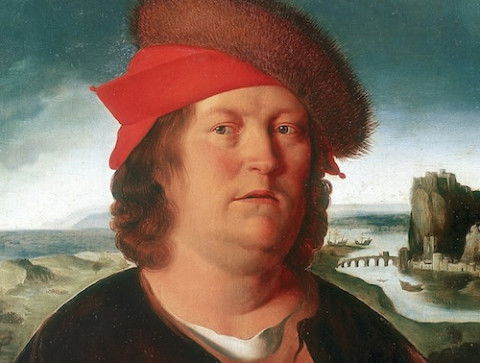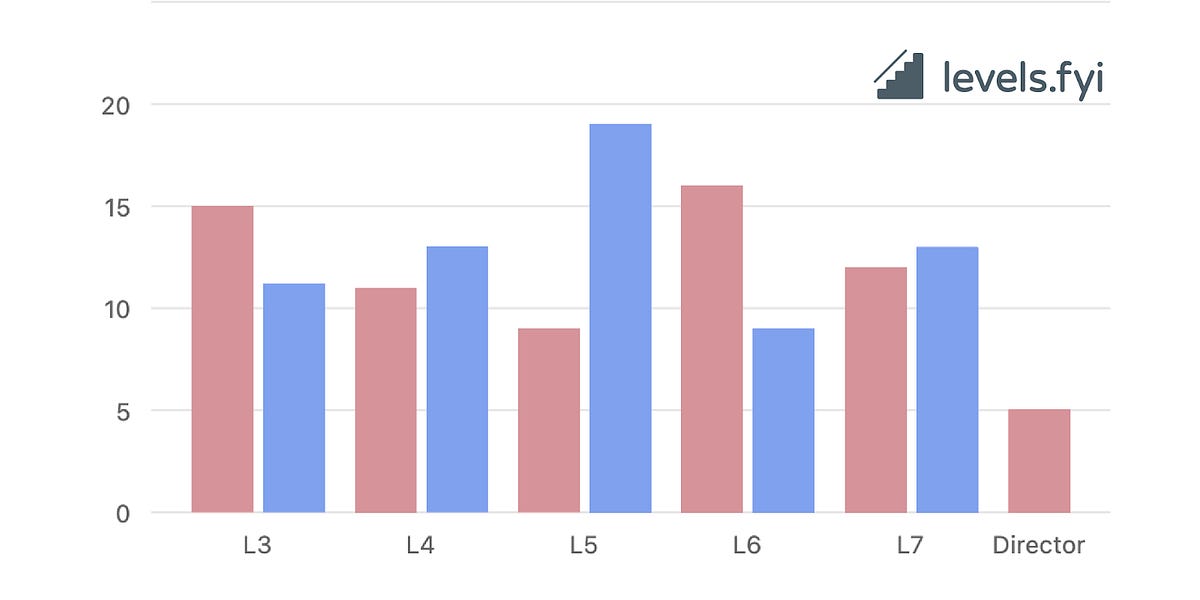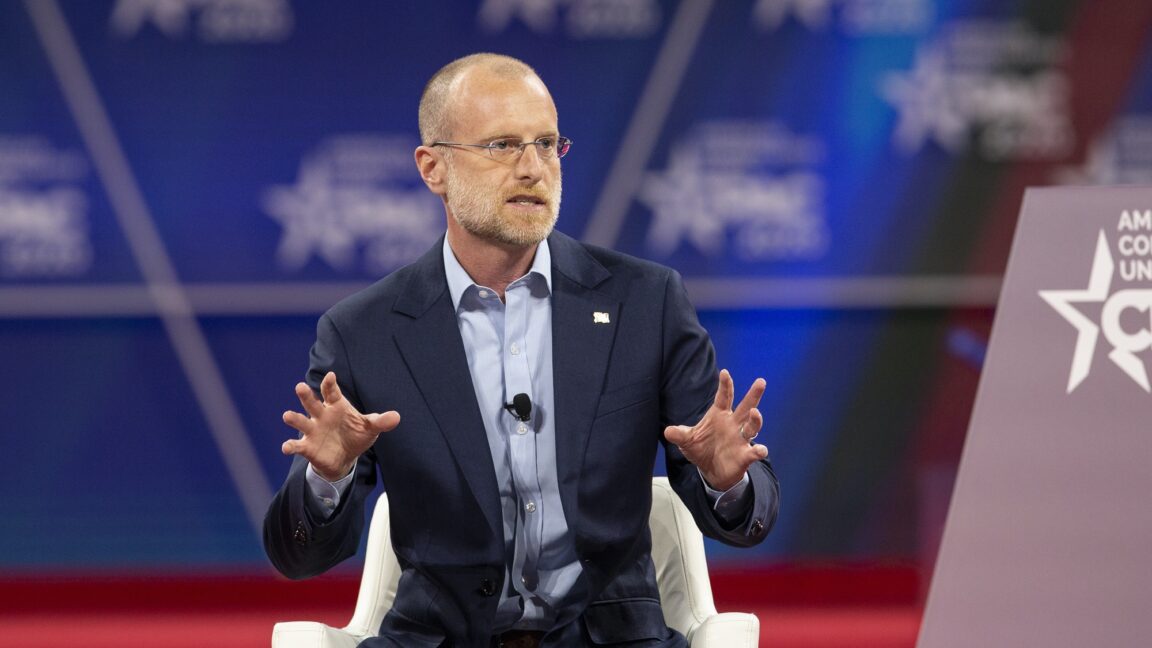
Paracelsus: Revolutionary or Mystic?
An enfant terrible shook up Renaissance medicine by denouncing experts and debunking accepted wisdom. Was Paracelsus as radical as he seemed?
T hanks to Joseph Goebbels, the film director Georg Wilhelm Pabst luxuriated in a massive budget for the dramatised documentary he shot in occupied Prague during the autumn of 1942. Commissioned to celebrate the long history of Germanic culture, its central character was a 16th-century demagogue, a revisionary doctor who toured the country inciting enthusiastic crowds to dispense with conventional practices and adopt his own inspiring visions for a utopian future.
The starring role was played by Werner Krauss, a fine actor but also a fervent Nazi supporter. Bearing only a loose relationship to historical fact, the plot revolved around attempts to ward off an infectious plague – or, metaphorically, to cleanse society of undesirable parasites. A clear piece of propaganda, Pabst’s Paracelsus was a box-office flop, although – in contrast with Krauss – the director managed to salvage his reputation after the Third Reich collapsed.
The real Paracelsus (c.1493-1541) was, indeed, an unorthodox and controversial physician, a confrontational iconoclast only later glorified for introducing modern medical techniques. Depending on which artist you believe, he may (or may not) have been fat, but he certainly had a substantial name: Theophrastus Philippus Aureolus Bombastus von Hohenheim. Ironically, the original Theophrastus had been the immediate successor of Aristotle, one of the ancient Greek authorities the Renaissance radical was determined to overthrow.












